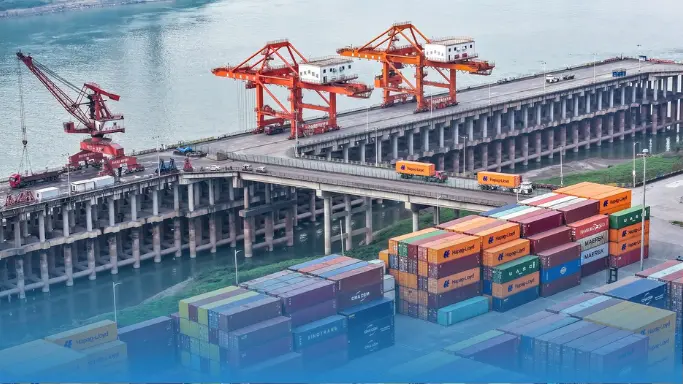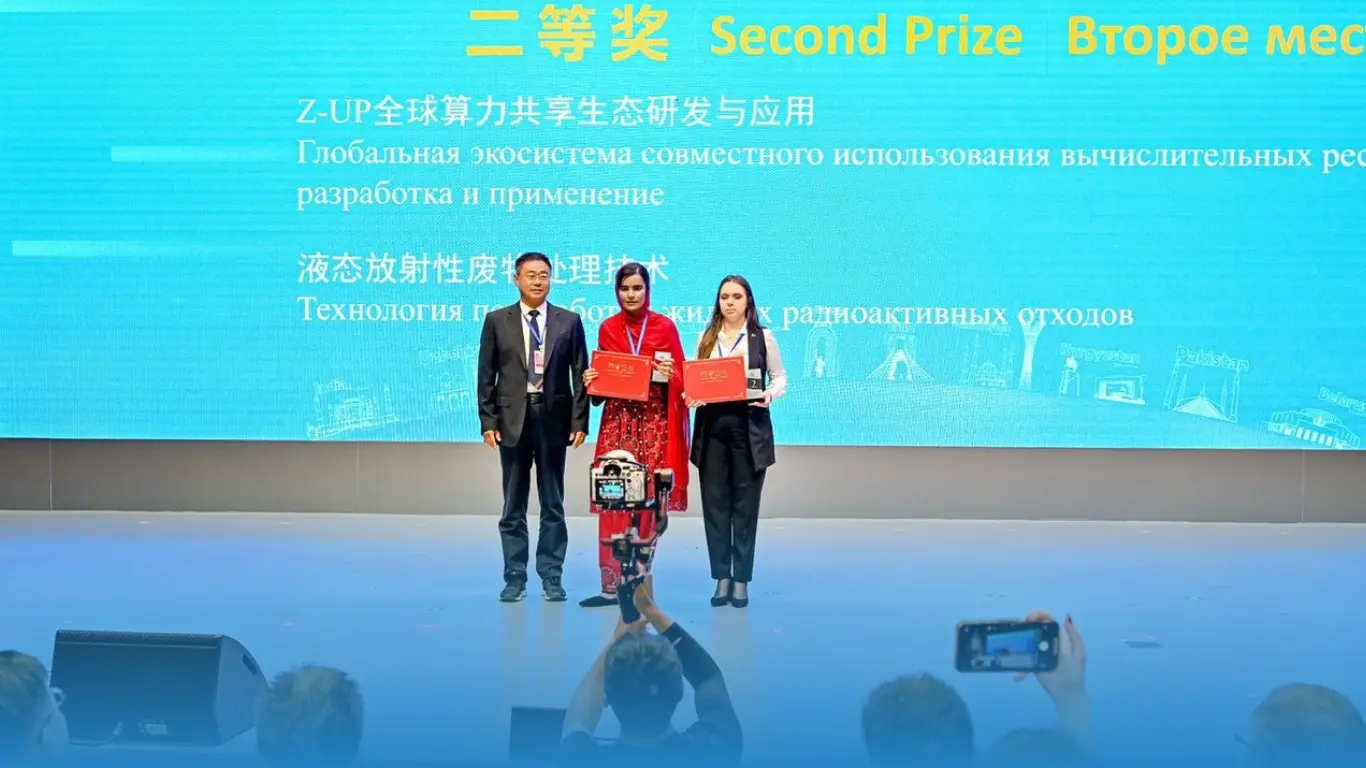
China’s Government Work Report Charts Path for Sustainable Economic Growth
Beijing: China’s latest government work report, presented at the annual session of the national legislature, has drawn significant attention both domestically and internationally. The report provides a comprehensive review of the nation’s economic performance and outlines key development goals and policies for 2025.
Economic Growth Amid Challenges
China’s GDP grew by 5 percent in the past year, reaching 134.9 trillion yuan (approximately 18.8 trillion USD) and contributing around 30 percent to global economic expansion. Huang Lianghao, an official with the Research Office of the State Council, described this achievement as “remarkable and hard-earned.” He noted that the country successfully balanced economic growth with sustainability, achieving a 3.4 percent reduction in carbon emissions per GDP unit.

Yuan Yuyu, chairman of Medprin Regenerative Medical Technologies Co., Ltd., emphasized China’s economic resilience, citing over 20 million newly registered businesses in 2024 as evidence of continued industrial growth and innovation.
Strategic Reforms for Long-Term Stability
As China enters the final year of its 14th Five-Year Plan (2021-2025), the government has set an economic growth target of around 5 percent for 2025. Experts believe this goal strikes a balance between economic necessity and feasibility, ensuring employment stability and risk management.
National political advisor Jin Li, vice president of Southern University of Science and Technology, highlighted the government’s approach of “progress with stability,” stressing its strategic focus on long-term economic resilience. He also pointed to factors such as technological advancements and rising domestic consumption as key drivers of sustained growth.
The work report sets a target of creating over 12 million new urban jobs while keeping the surveyed urban unemployment rate at around 5.5 percent. To address structural employment issues, reforms in vocational education and training are being prioritized, equipping workers with skills for emerging industries.
Collaboration between universities and industries is crucial to bridging the talent gap and accelerating technological breakthroughs,
said Yuan, advocating for stronger partnerships between academia and businesses.
Public Welfare and Social Development
The report emphasizes a people-centered approach, directing resources toward improving social welfare. Key measures include increasing the minimum basic old-age pension for rural and non-working urban residents by 20 yuan and ensuring appropriate pension adjustments for retirees. Additionally, healthcare system reforms are set to improve public hospital services and reduce medical costs.
To boost domestic consumption, the government has allocated 300 billion yuan in ultra-long-term special treasury bonds to support trade-in programs for consumer goods. “Addressing public concerns and enhancing well-being remain the core objectives of this report,” said Huang.
China is also intensifying efforts to tackle employment challenges. With an estimated 12 million college graduates entering the job market this year, labor market pressure remains high. Huang highlighted several initiatives, including policies to support labor-intensive industries, technology-driven job creation, and large-scale vocational training programs to bridge the employment gap.
By equipping workers with better skills, we can enhance labor productivity, generate new job opportunities, and drive industrial upgrades,
Huang added.
With a strong focus on sustainable economic growth, employment stability, and public welfare, China’s government work report sets the stage for continued progress, ensuring both short-term resilience and long-term prosperity.
Published in The Gwadar Post, 11 March 2025.







